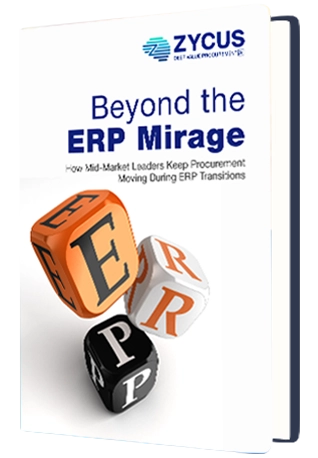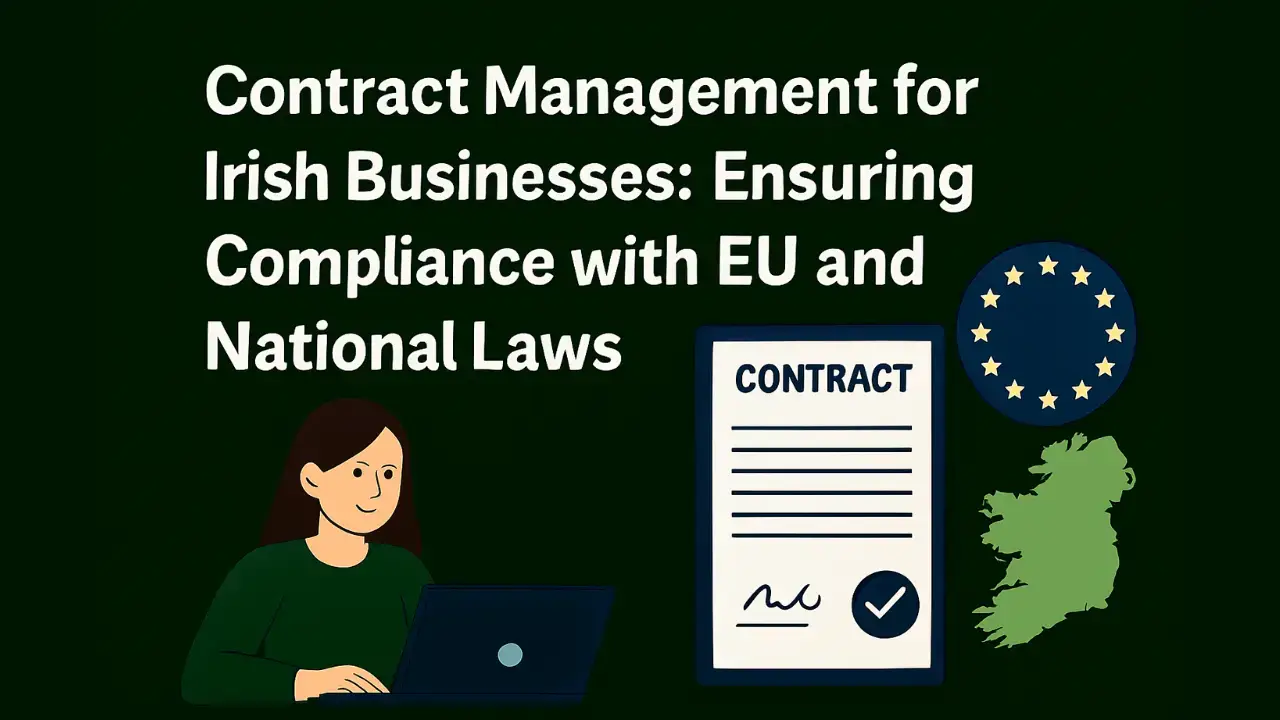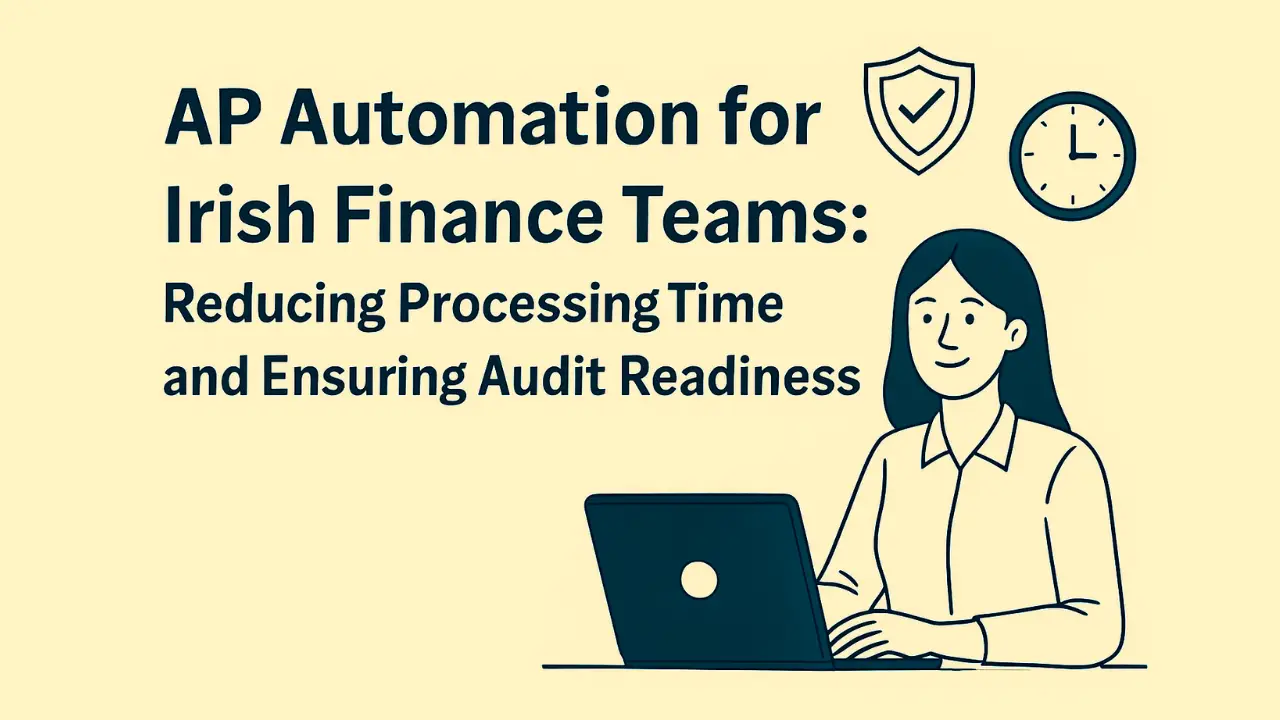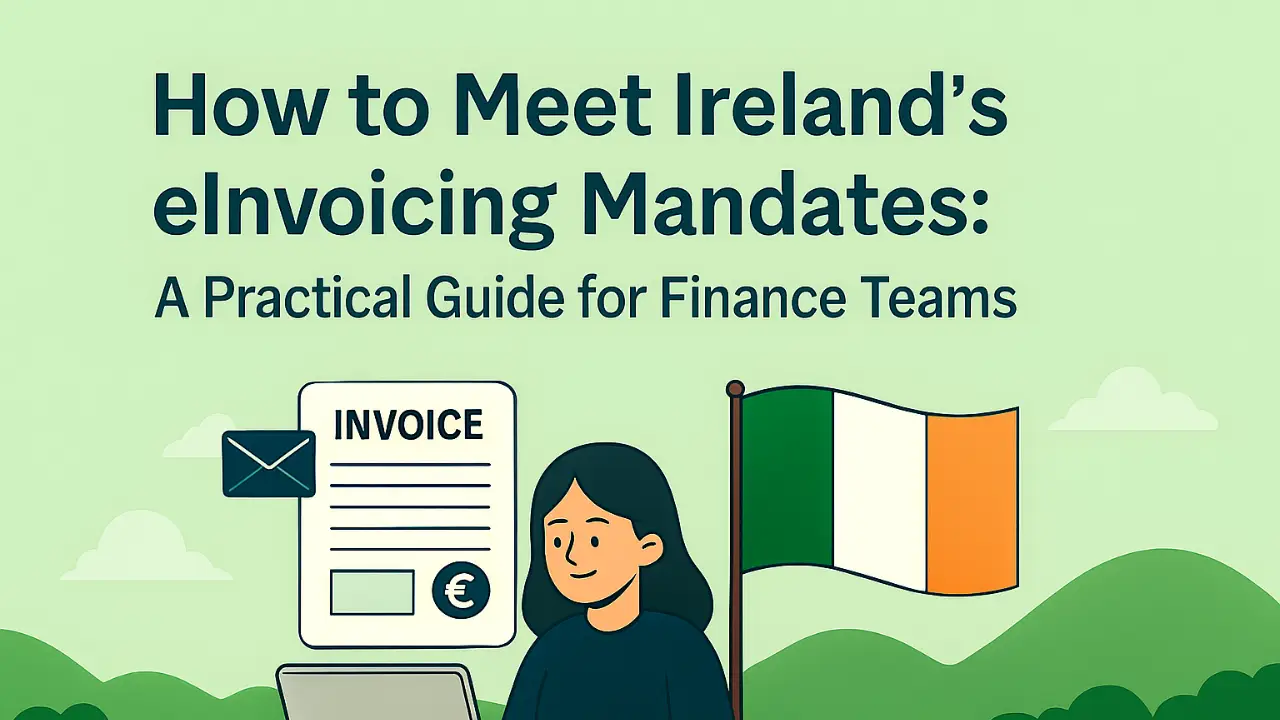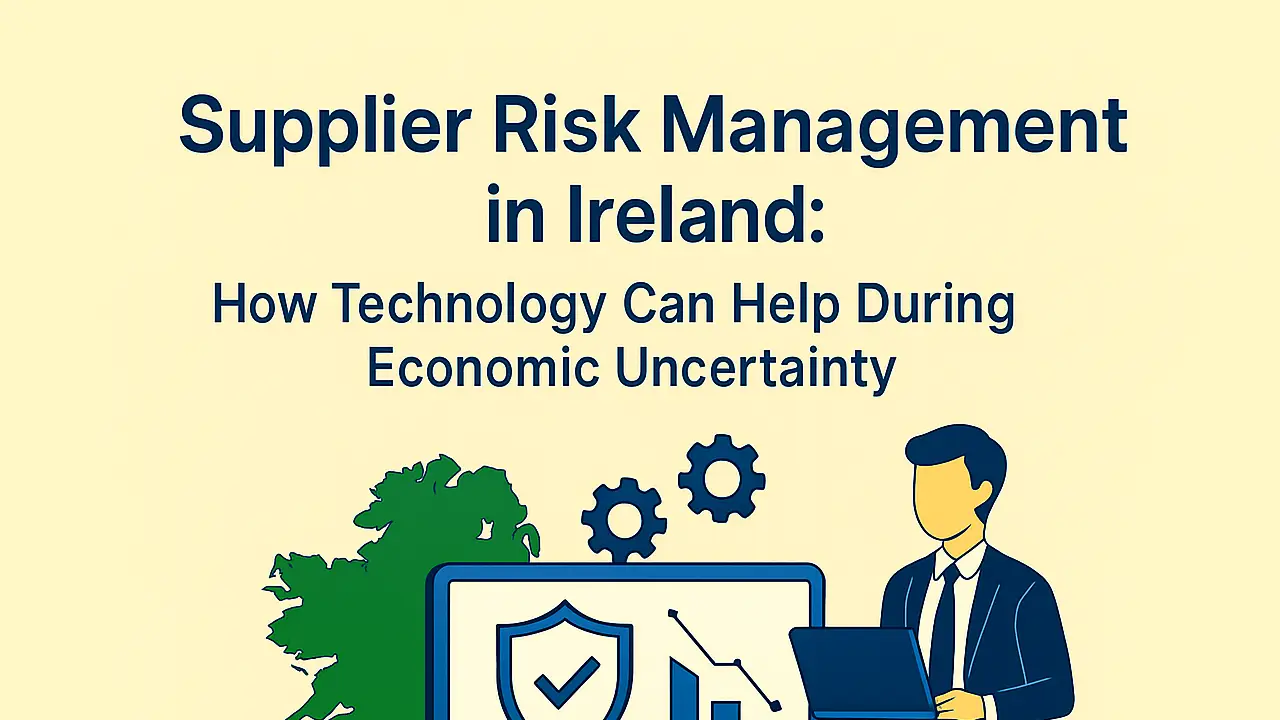TL;DR
- Procurement KPIs for Mid-Market companies are critical to balance growth and fiscal discipline.
- The 6 most impactful KPIs: cost savings, spend under management, supplier performance, cycle time to PO, compliance rate, and risk exposure.
- These procurement KPIs tie directly to financial outcomes like cash flow resilience and risk reduction.
- Automating reporting and integrating KPIs into CFO dashboards enhances visibility and decision-making.
- Avoid vanity metrics, poor data quality, and low adoption to keep KPIs meaningful.
- With the right procurement KPI framework, mid-market firms can elevate procurement into a true growth lever.
Why KPIs Are Make-or-Break for Mid-Market Procurement
For fast-growing enterprises, procurement is under unusual pressure. Budgets are lean, teams are small, and CFOs often wear the hat of Chief Procurement Officer by necessity. In this environment, measuring procurement success is not a luxury; it is survival. The challenge is that many companies still rely on generic scorecards or outdated metrics, which fail to capture procurement’s true impact.
Effective mid market procurement KPIs do more than track savings. They link sourcing, supplier performance, and spend visibility directly to business outcomes such as cash flow resilience and risk reduction. This shift from operational to strategic measurement is where mid-market firms can differentiate themselves. By focusing on the right indicators, procurement teams can speak the language of finance, justify investments in automation, and build credibility as growth partners.
The 6 Procurement KPIs That Matter Most
Not all metrics are created equal. For mid-market companies, the following six KPIs provide the clearest window into procurement performance and business impact:
- Cost Savings Realized – Tracks actualized savings, not just negotiated discounts. Critical for CFOs balancing growth and discipline.
- Spend Under Management – Measures the percentage of total spend influenced by procurement. The higher this number, the less leakage from rogue spend.
- Supplier Performance Score – Combines delivery, quality, and responsiveness into one benchmark. Poor performance here directly affects customer satisfaction.
- Cycle Time to Purchase Order – Indicates process efficiency. Long approval chains can stall growth and frustrate teams.
- Compliance Rate – Captures adherence to contracts, policies, and budgets. Especially vital for emerging enterprises scaling fast.
- Risk Exposure Index – Assesses supplier and category risk to protect against disruption. Often overlooked until a crisis hits.
Together, these KPIs give a balanced view: efficiency, compliance, financial impact, and resilience.
Building a KPI Framework That Works
Tracking KPIs is easy. Building a framework that ensures they drive decisions is harder. Mid-market procurement teams can start with three steps:
- Integrate intake data: Every purchase request should generate usable data. Intake management is the foundation for measuring spend under management and compliance.
- Automate reporting: Manual spreadsheets leave gaps. Automated procurement reports provide real-time visibility into cycle times, supplier performance, and risk exposure.
- Connect to finance dashboards: Procurement metrics need to feed CFO dashboards. When KPIs are tied to budget visibility, forecasting, and ROI, they carry weight in boardroom conversations.
A well-designed framework ensures KPIs are not isolated in procurement but woven into company-wide decision-making.
Common Pitfalls to Avoid
Many growing firms stumble in three areas:
- Chasing vanity metrics: Focusing on number of suppliers onboarded or POs processed without linking them to business outcomes.
- Lagging data quality: Dirty vendor master data or delayed reporting undermines credibility.
- Ignoring change management: New KPIs require new habits. Without adoption, metrics remain theoretical.
Avoiding these traps ensures KPIs remain meaningful rather than just numerical.
Why KPIs Are a Growth Lever, Not Just a Scorecard
Procurement KPIs are not just performance markers. They are a growth lever. By using metrics to identify savings opportunities, monitor supplier resilience, and forecast spend, procurement becomes a strategic function that helps fuel expansion rather than slow it down. For CFOs acting as accidental CPOs, KPIs provide the transparency needed to balance growth with fiscal discipline.
Conclusion
For emerging enterprises, procurement KPIs are more than numbers. They are the bridge between operational efficiency and strategic growth. Choosing the right metrics, building a reliable framework, and avoiding common pitfalls ensures procurement has a seat at the table where growth decisions are made.
Transform procurement into a growth driver. With Zycus Emerging Market solutions, mid-market enterprises can scale smarter and manage risk effectively.
FAQs
Q1. What are the most important procurement KPIs for mid-market companies?
Cost savings, spend under management, supplier performance, cycle time to PO, compliance rate, and risk exposure are the six most relevant KPIs.
Q2. How do you measure procurement performance?
Procurement performance is measured through a combination of financial impact (savings, ROI), process efficiency (cycle times), compliance, and supplier risk.
Q3. What is a healthy KPI benchmark for procurement ROI?
Benchmarks vary by industry, but many mid-market companies aim for 5–10% cost savings realized and 70–80% spend under management.
Q4. How should CFOs track procurement metrics?
By integrating procurement data into financial dashboards, ensuring KPIs such as budget visibility, savings, and risk are visible alongside revenue and cash flow metrics.
Related Reads:
- The Essential Guide to Procurement Software for Small Business
- How to Prove Procurement Software ROI (With Real Numbers)
- The Ultimate Guide to Accounts Payable Software for Emerging Enterprises
- The Adoption Deficit: Solving the Procurement Change Challenge in Emerging Enterprises
- From Automation to Autonomy: The Evolution of AI in Procurement
- Smaller Teams, Bigger Stakes: Solving the Procurement Overload in Emerging Enterprises
- Half the Budget, Twice the Pressure: The ROI Trap in Emerging Enterprise Procurement
- Stuck Between Excel and Enterprise: The Emerging Enterprise Procurement Tech Trap
- Flying the Plane While Fixing the Wings: The Procurement Paradox in Emerging Enterprises


















































